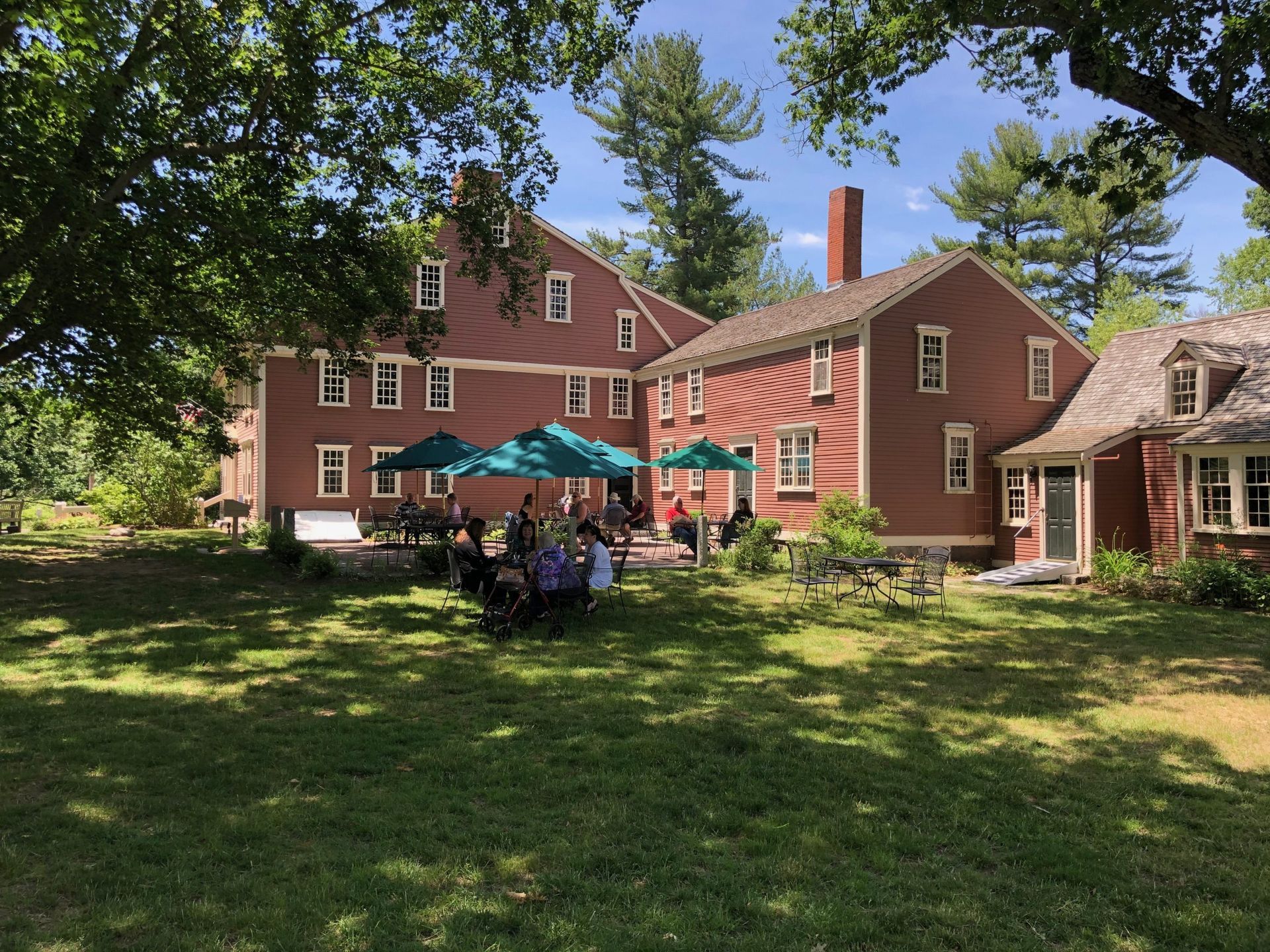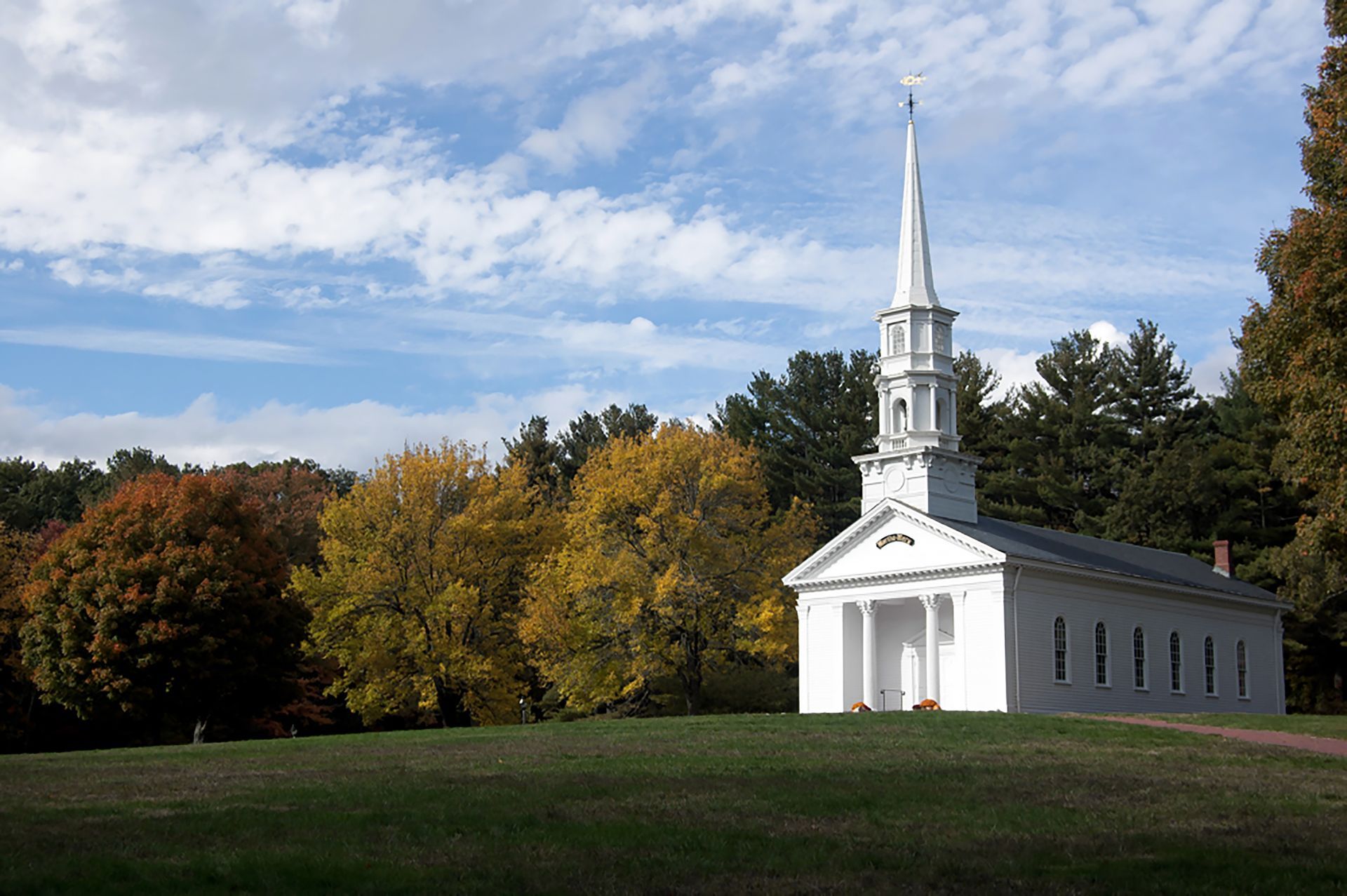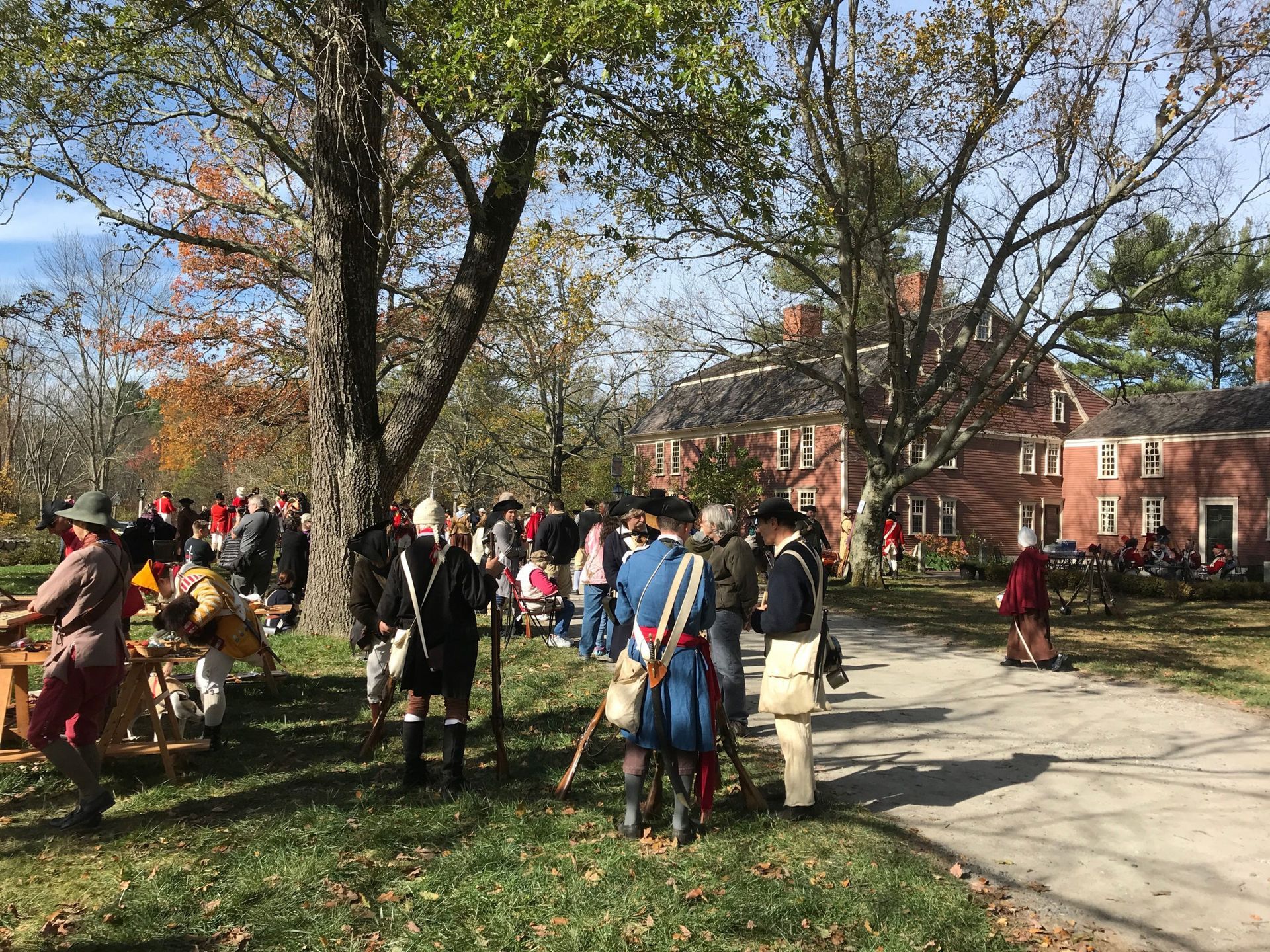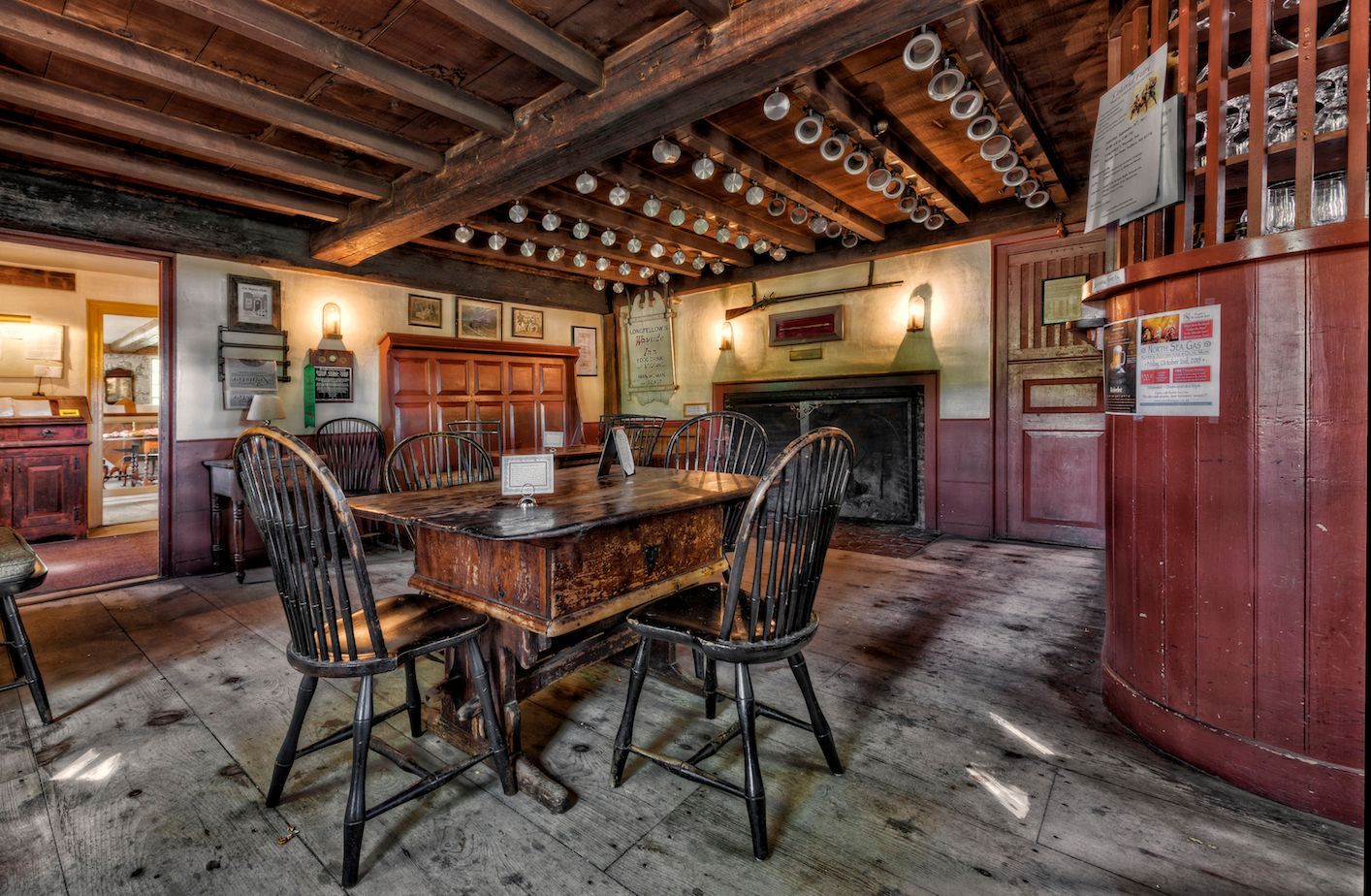Legendary Tales. Timeless History.
Our collections are a valuable resource for scholars and a window into history for our visitors.
Visit Our Museum Rooms and Exhibits.
The Wayside Inn maintains three museum rooms at Longfellow’s Wayside Inn, one on the first floor to the left of our front door (the Longfellow Parlor, which is both a museum display room and a dining room), and two just above this area on the second floor. These rooms feature period pieces from our collections and recreations of colonial life that will entertain, enlighten, and educate. Our most famous room, the Longfellow Parlor, was the inspirational setting for Henry Wadsworth Longfellow’s epic literary work, Tales of the Wayside Inn.
We also maintain display cabinets on both the first and second floors of Longfellow’s Wayside Inn featuring curated exhibits from our collections and temporary exhibitions relevant to the property’s history or the local community. All dining rooms and function rooms also feature antique furniture, period artwork, and other items from our collections.
